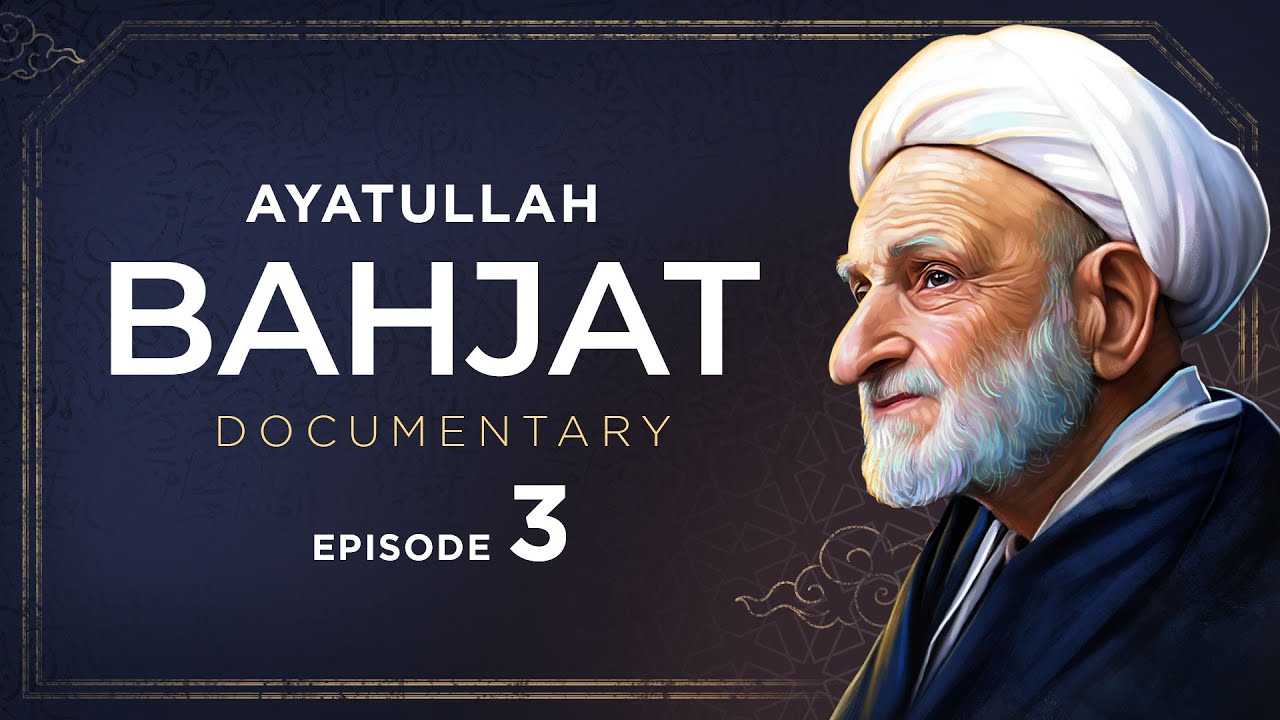Wasil bin Atha', pendiri Mu'tazilah. Murid Imam besar Yang melenceng dari ajaran Gurunya
Summary
TLDRThe discussion highlights the importance of quality over quantity in education, emphasizing that a small number of knowledgeable teachers can have a greater impact than many unqualified ones. It reflects on the relationship between students and their mentors, noting that even prominent scholars can diverge from their teachings. Historical examples illustrate how some students, despite their education from esteemed figures, may stray from core principles. The conversation ultimately underscores the need for adherence to authentic teachings, even when faced with alternative philosophies, and stresses that true understanding stems from following knowledgeable guides.
Takeaways
- 😀 Quality of teachers is more important than quantity; a few high-quality teachers can make a significant impact.
- 📖 Knowledge transmission depends not only on the teacher's quality but also on the student's commitment to learning.
- 🧠 Many students learn from great teachers but may diverge from their teachings over time.
- 📚 The legacy of renowned scholars like Imam Al-Hasan Al-Basri is significant, yet adherence to their teachings varies among students.
- 🤔 Learning philosophy can lead some students to stray from traditional teachings, as illustrated by Rasul bin Apa's journey.
- 🔍 Historical connections between teachers and students don't guarantee that the student will represent or follow the teacher's path accurately.
- 👥 Even if a student has learned from a great teacher, their interpretation and application of that knowledge can differ significantly.
- ⚖️ There are instances where students of famous scholars, like Imam Ahmad and Imam Syafi'i, do not embody their teachings due to personal interpretations.
- 📜 The importance of adhering to established teachings is emphasized, showing that not all who learn possess the wisdom of their teachers.
- 💬 Discussions around scholarly divergence highlight the complexities of maintaining traditional teachings in a changing intellectual landscape.
Q & A
What is the main message regarding the number of teachers in education?
-The main message is that having many teachers does not guarantee quality education; instead, the quality and effectiveness of the teachers are what truly matter.
How does the speaker illustrate the importance of quality in teaching?
-The speaker cites the example of the Prophet Muhammad (PBUH) as an exceptional teacher, emphasizing that even one quality teacher can significantly impact a student's education.
What warning does the speaker give about students learning from great teachers?
-The speaker warns that students can learn from great teachers but may deviate from their teachings, which can lead to misunderstandings or misapplications of the knowledge.
Who are some historical figures mentioned in the transcript, and what is their significance?
-Historical figures mentioned include Imam Al-Hasan Al-Basri and Muhammad bin Sirin, who represent esteemed scholars whose teachings students may stray from, demonstrating the dynamic nature of education.
What does the speaker say about individuals claiming to represent great scholars?
-The speaker notes that some individuals may claim to be students of great scholars but fail to represent their teachings accurately, which can lead to misinterpretations of the scholars' knowledge and values.
How does the speaker suggest students should approach their education?
-The speaker suggests that students should approach their education with respect and adherence to the core teachings of their mentors, emphasizing the importance of integrity in learning.
What is implied about the relationship between teachers and students in the transcript?
-The relationship is depicted as dynamic and critical, where both the teacher's quality and the student's commitment to learning play essential roles in achieving meaningful education.
What critical thinking aspect is highlighted in the discussion?
-The discussion highlights the need for critical thinking, where students are encouraged to engage with the material and teachings of their mentors thoughtfully rather than following blindly.
What lesson can be derived regarding the pursuit of knowledge?
-A key lesson is that the pursuit of knowledge requires both diligence in learning and fidelity to the teachings of reputable sources, ensuring that students remain aligned with sound principles.
In what way does the transcript address the potential for misunderstanding in education?
-The transcript addresses misunderstanding by emphasizing that even knowledgeable individuals can misinterpret or misapply teachings, underscoring the importance of proper guidance and adherence to foundational principles.
Outlines

This section is available to paid users only. Please upgrade to access this part.
Upgrade NowMindmap

This section is available to paid users only. Please upgrade to access this part.
Upgrade NowKeywords

This section is available to paid users only. Please upgrade to access this part.
Upgrade NowHighlights

This section is available to paid users only. Please upgrade to access this part.
Upgrade NowTranscripts

This section is available to paid users only. Please upgrade to access this part.
Upgrade NowBrowse More Related Video

From Empathy to Equity - The ebb and flow of reciprocal leadership | Ebony Green | TEDxNewburgh

Ayatullah Bahjat Documentary | The Life of Ayatollah Bahjat | New Olama Series - Episode 3

"GURO" A short film about Aristotle's Virtue of Ethics

Teaching In The Inclusive Classroom Collaboration and Team Teaching

Les devoirs à la maison sont-ils utiles ?

Aksiologi: Nilai Kegunaan Ilmu
5.0 / 5 (0 votes)